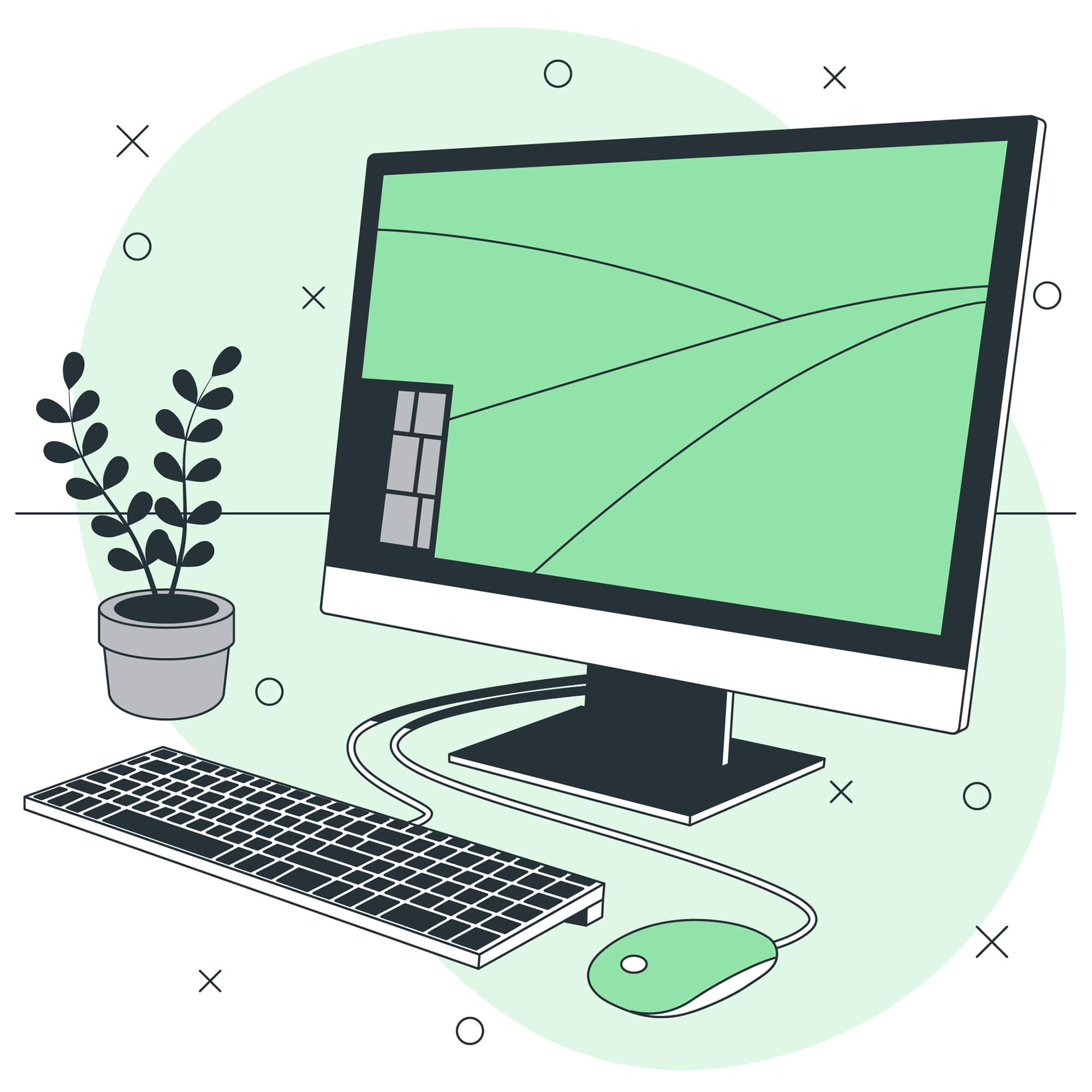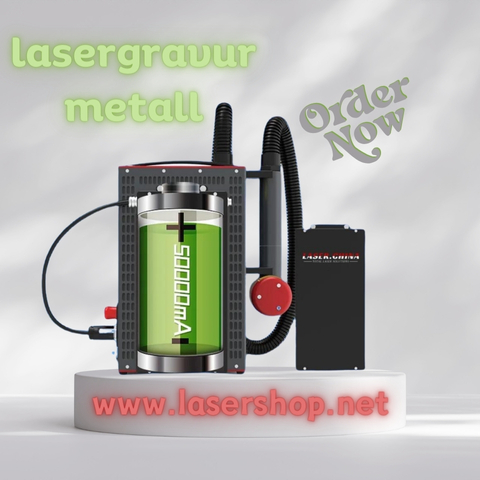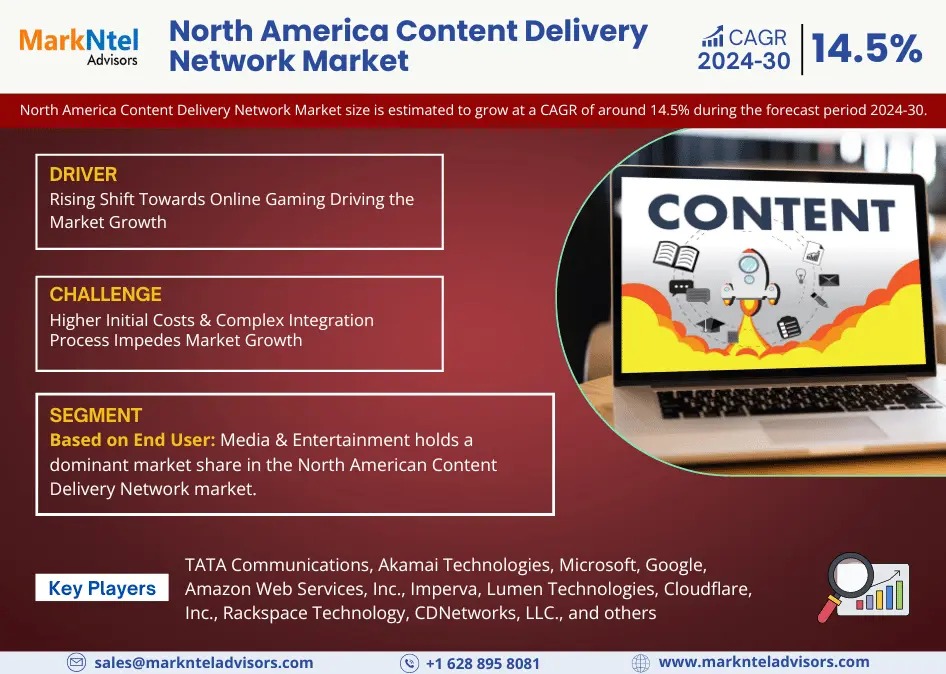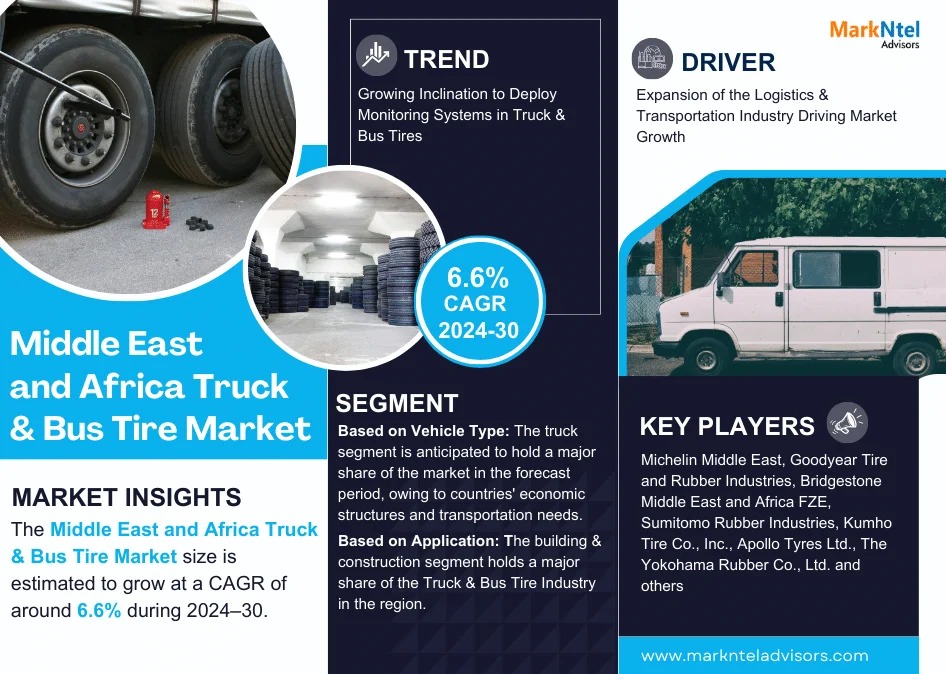
Imagine your alarm clock not only waking you up but also signaling your coffee maker to start brewing and adjusting your thermostat to the perfect morning temperature. Picture factory machines that predict their own maintenance needs, or city streetlights that dim automatically when no one is around. This isn’t science fiction; it’s the tangible reality of the Internet of Things (IoT), a technological revolution fundamentally reshaping how we live, work, and interact with the world.
What Exactly is IoT?
At its core, the Internet of Things refers to the vast and ever-growing network of physical objects embedded with sensors, software, and other technologies that enable them to connect to the internet and to each other. These “things” – ranging from everyday household items like refrigerators, thermostats, and light bulbs to sophisticated industrial machinery, vehicles, and wearable devices – collect and exchange data autonomously. It’s about giving the inanimate world the ability to sense, communicate, and act.
Beyond Convenience: The Power of Data
The true magic of IoT lies not just in connectivity, but in the data these devices generate and the insights derived from it. By constantly monitoring their environment and performance, IoT devices create massive streams of real-time information. When processed and analyzed (often using Artificial Intelligence and Machine Learning), this data unlocks unprecedented capabilities:
- Enhanced Efficiency: Smart grids optimize energy distribution. Industrial IoT (IIoT) sensors predict equipment failures, minimizing costly downtime. Logistics companies track shipments in real-time, optimizing routes and reducing waste.
- Improved Decision Making: Farmers use soil moisture sensors and drone imagery for precision agriculture. Retailers analyze foot traffic patterns to optimize store layouts and inventory. Cities monitor air quality and traffic flow to improve urban planning.
- Greater Convenience & Personalization: Smart homes adjust lighting, temperature, and security based on your preferences and presence. Wearable fitness trackers provide personalized health insights. Connected cars offer navigation, diagnostics, and entertainment tailored to the driver.
- New Business Models: IoT enables product-as-a-service offerings (e.g., paying for engine thrust hours instead of buying an entire jet engine), usage-based insurance, and predictive maintenance subscriptions.
IoT in Action: Transforming Industries
- Smart Homes: Security systems, voice assistants, smart appliances, and energy management create safer, more comfortable, and efficient living spaces.
- Healthcare: Remote patient monitoring, connected medical devices, and wearable sensors enable proactive care, chronic disease management, and faster emergency response.
- Manufacturing (IIoT): Predictive maintenance, real-time process optimization, automated quality control, and enhanced supply chain visibility drive the “Industry 4.0” revolution.
- Smart Cities: Intelligent traffic management, optimized waste collection, efficient energy usage, improved public safety, and enhanced environmental monitoring.
- Agriculture: Precision farming using sensors for soil conditions, crop health, and automated irrigation systems, maximizing yield and resource conservation.
- Retail: Smart shelves track inventory, personalized in-store experiences via beacons, optimized supply chains, and enhanced loss prevention.
Ace your IOT exams with OLevelTest.com! Access o level online test, study guides, and expert tips tailored to help students excel in all subjects. Perfect for students, teachers, and parents seeking reliable exam preparation resources.
Navigating the Challenges: Security, Privacy, and Complexity
The immense potential of IoT comes with significant challenges that must be addressed:
- Security: Every connected device is a potential entry point for hackers. Securing billions of diverse, often resource-constrained devices is a massive undertaking. Robust security protocols, regular updates, and strong authentication are paramount.
- Privacy: IoT devices collect vast amounts of personal and sensitive data (location, habits, health metrics). Clear data ownership policies, strong encryption, and transparent user consent mechanisms are crucial to build trust.
- Interoperability & Standards: With countless manufacturers and diverse technologies, ensuring seamless communication between different devices and platforms remains a hurdle. Common standards are essential for IoT to reach its full potential.
- Data Management & Analytics: Handling the sheer volume, velocity, and variety of IoT data requires powerful computing infrastructure and sophisticated analytics tools.
- Scalability & Infrastructure: Supporting billions of devices demands robust and scalable network infrastructure (including advancements in 5G/6G and edge computing) and significant power resources.
The Future: An Ever-Expanding Web
The IoT landscape is evolving rapidly. Key trends shaping its future include:
- Edge Computing: Processing data closer to the source (on the device or a nearby gateway) to reduce latency, save bandwidth, and enable real-time actions.
- AI & ML Integration: Making IoT systems smarter, enabling predictive analytics, automated decision-making, and adaptive behaviors.
- 5G/6G Connectivity: Providing the high speed, low latency, and massive device capacity needed for demanding IoT applications.
- Enhanced Security Focus: Development of more secure hardware, standardized security protocols, and blockchain applications for data integrity.
- Sustainability: Using IoT to optimize resource consumption (energy, water) and monitor environmental impact.
Conclusion: A Connected World Beckons
The Internet of Things is more than just a buzzword; it’s a fundamental shift in how we interact with technology and our environment. By weaving a web of intelligent, connected devices, IoT promises unparalleled efficiency, convenience, and insights across every facet of life. While significant challenges around security, privacy, and standardization remain, the trajectory is clear. As technology matures and these hurdles are overcome, the IoT will continue to expand its reach, silently working in the background to create a smarter, more responsive, and more interconnected world – one sensor, one device, one data point at a time. The future isn’t just connected; it’s intelligently orchestrated.







